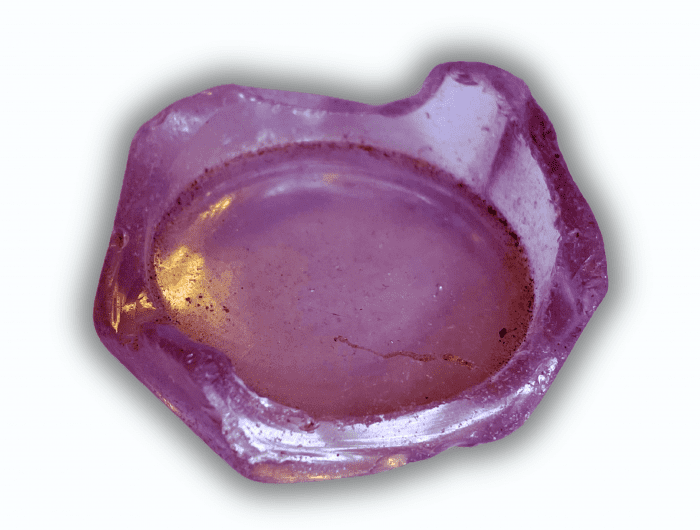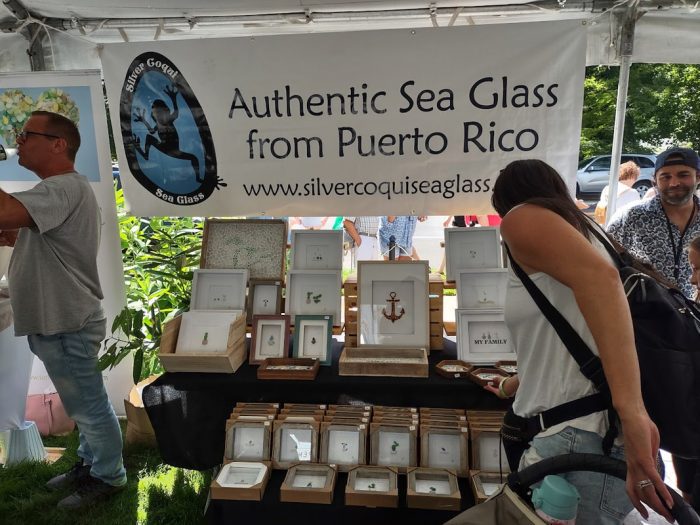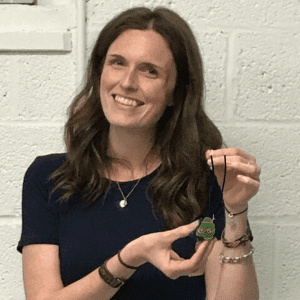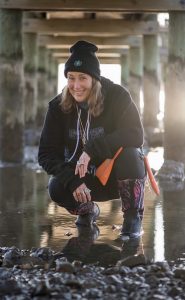By Daniel Dunaief

Once a piece of glass falls in the ocean, the magic begins.
Given an opportunity to enter the Whaling Museum & Educational Center of Cold Spring Harbor’s sea glass fiction writing contest, students from around Long Island accepted the challenge, offering a dynamic, exciting and inspiring range of stories.
Students from third grade through high school looked at the same piece of glass and developed stories filled with literary devices like onomatopoeia (where a word, like “whack” comes from a sound), personification and more.
The narratives ran the gamut from tales of mermaids to creations of new mythology to a search for meaning and identity.
Along the way, the writers seized on the opportunity to share the journey sea glass takes as it transitions from a sharp piece of glass into a smoother, colorful object.
Some of the stories offered vivid descriptions of the world beneath the waves, taking readers into a magnificent aquatic seascape.
Amid narratives about pirates and mermaids, some writers chose to address dramatic and challenging themes, weaving emotionally resonant stories that tackled broken families, alcoholism and infidelity.
As a judge for the contest, I was not only surprised by the directions these stories took, but was also appreciative of the combination of realism and fantasy that suffused the writing, the willingness to take chances, and the pieces of the writers I could hear through their imaginations.
The writers imagined the glass either as the centerpiece of an important story or as a passenger, observing the dynamics that define the way people interact.
Judging writing and fiction is a subjective process, with each judge bringing his or her own ideas to the process.
I’m glad I wasn’t the only judge and enjoyed the opportunity to consider why the readers at the Whaling Museum & Education Center of Cold Spring Harbor chose to rank the submissions in a particular order.
I invite TBR readers to immerse themselves in these entries and to enjoy the worlds these writers have created or, in some cases, reflected. You can see some of the entries in the Arts & Lifestyles section of this week’s papers.
As for the writers, I want to thank them for finding time in their lives to share their ideas and to create their own stories.
In a contest in which third through fifth graders could write up to 500 words, sixth through eighth graders, 750 words, and high schoolers, 1,000 words, they developed stories, backdrops and themes that offered complete narratives and that carried readers off the page.
I particularly appreciate how these writers found the time to prepare and submit an entry. Student lives are filled with activities and assignments. Homework, required reading, chores, and sports and theater practices, to name a few, fill busy schedules that rarely leave them time to add an extra assignment or challenge to their calendars.
And, of course, social media and virtual communication often require regular check-ins and updates. The modern-day student, after all, can’t take too long to answer an urgent text from a friend at the risk of becoming less of a confidant or of sliding down the social hierarchy.
And yet, somehow, even with the importance of staying plugged in, none of the sea glass stories included references to social media and none was told through the prism of a social media world.
I hope the students enjoyed the opportunity to write something outside the context of a graded assignment and that they reveled in the freedom to go in any direction, imagine any characters, and create excitement or drama that appealed to them.
As for what’s next, the museum plans to run the competition next year, giving new entrants the opportunity to unleash their imaginations.
Many of the stories shared similarities with the sea glass itself: they shined in the distance, becoming increasingly interesting on closer inspection.
See pages B13 to B16 for the winning entries.









